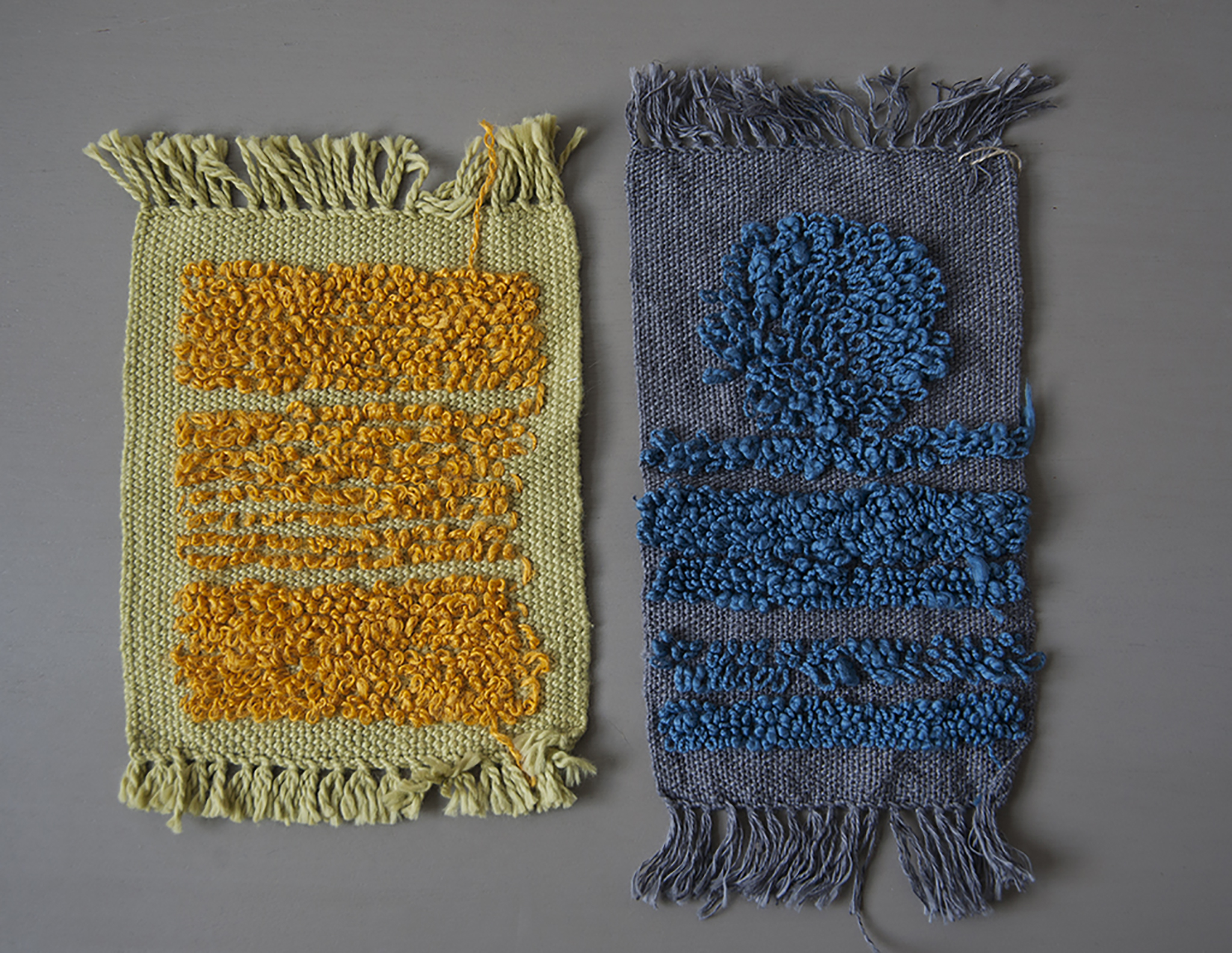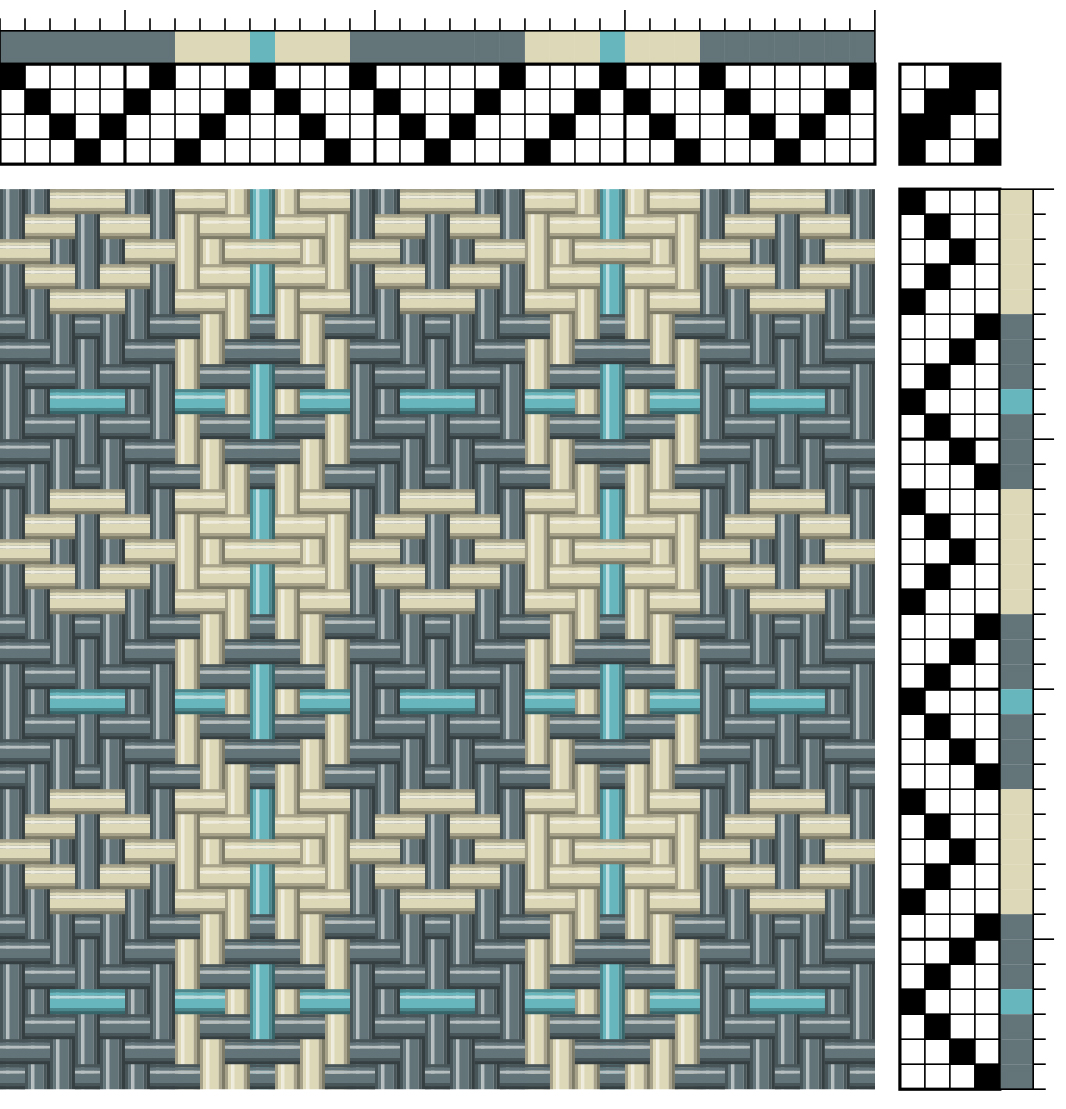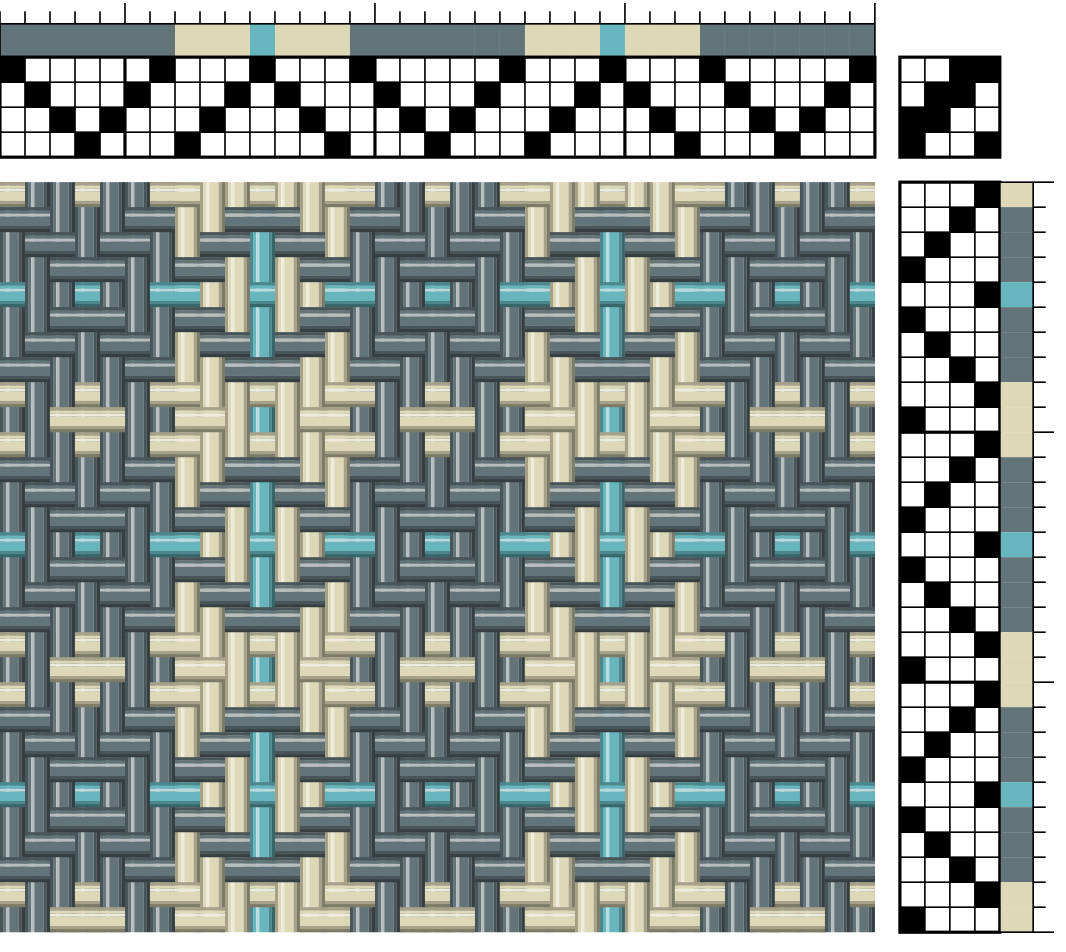Shopping Cart
*continental US addresses only
*continental US addresses only
Your Cart is Empty

Hello weavers!
I’m popping by the Gist blog today to say a thing or two about sampling - one of my favourite weaving practices, and a great thing to do right now if you’re finding it hard to be creative.
I love sampling as a creative boost because it’s low risk and has no consequences. If the colours are off - great, you learned more about colour theory! If the sett didn’t work - great, you learned the limits of your materials!
I know a lot of weavers don’t like to sample: it adds more time on to your project, it ‘wastes’ material, you already feel confident about your materials, and so on. But sampling is like making a sketch - you learn more about your materials, your sett, how things wash, shrinkage rate, and how the finished textile behaves.
Sampling isn’t all just about practical weaving knowledge - for me it’s also about having something fun and trying something I wouldn’t typically make. For this set of samples I wanted to weave twill samples using three colours of Duet and explore making circular shapes (an ongoing intrigue of mine).
When switching colours frequently it’s nice to have something familiar to treadle, and I chose a simple bird’s eye twill, which I felt was easy but offered lots of different pattern areas to highlight with colour and treadling. I used weaving software to get an idea of where I wanted the colours and to quickly make a rough design, but a couple of pencil crayons and graph paper also works well.

When I’m making samples I like to label them using some brown parcel tags I found at my local thrift store. Depending on the sample I include:
I don’t have any plans for these samples - they’re more of an exercise for my weaving muscles than any specific project. I’ll put them into my box of samples and then maybe I’ll pull them out in a year or two and the right project will come to mind, like a sample I made in knitting cotton and jute (the green and yellow sample on the left), which inspired my Squarish Rug pattern (in Duet and Mallo, on the right!). For me, making and looking at my samples is like having a materials and idea dictionary - I can look through it to feel inspired, jog a memory, or simply build on a previous idea.

This photograph of samples is maybe only half of my collection - there are so many ideas in there!! Things that have worked, things that have failed (and are downright ugly), but also some things that might still get pulled out for a future project.
I’ve figured out how to make super short warps work for me and my loom, so I can knock out a handful of samples in an afternoon, but you can also sample on your ‘real’ warp simply by warping a little extra and testing things out at the beginning or end of your warp. My ‘leftovers’ samples have been some of the most interesting for me because I tend to just let my plans go and toss in all sorts of leftover yarns or weird treadlings to see what comes up.
I hope this inspires some of you to make a sample (or two, or five) using yarn in your stash or something new from GIST. Some suggestions (in case you don’t know where to start): mix two different types of fibre; use a higher or lower sett than recommended; try a new weaving structure; play with colour; use thick and thin yarn in the same warp; make a number of identical samples and sett or wash them all differently.
Have fun! - Amanda

Sample 1 draft

Sample 2 draft

Draft without color

Amanda Rataj is an artist and weaver living and working in Hamilton, Ontario. She studied at the Ontario College of Art and Design University and has developed her contemporary craft practice through research-based projects, artist residencies, professional exhibitions, and lectures. Her textile focus of the material and conceptual nature of vernacular, everyday objects used for the home and body; her work (and weaving patterns) are available at her website, and at Guildworks, or by commission.